Home>Articles>What Are The Recommended Screw Sizes For Different Types Of Pickets
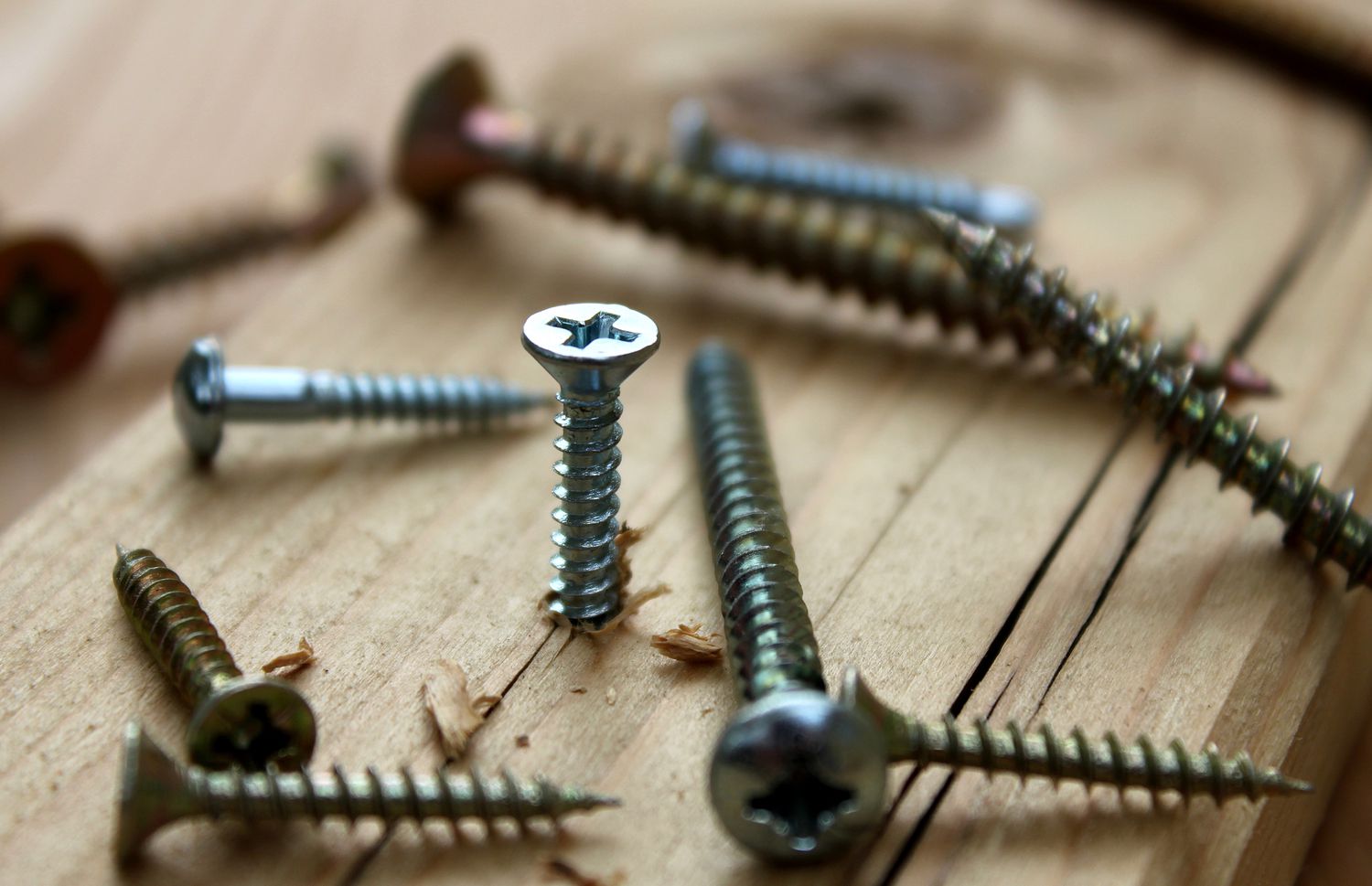

Articles
What Are The Recommended Screw Sizes For Different Types Of Pickets
Modified: May 6, 2024
Get the right size screws for your fence pickets with our helpful article. Find out everything you need to know about choosing the perfect screws.
(Many of the links in this article redirect to a specific reviewed product. Your purchase of these products through affiliate links helps to generate commission for Storables.com, at no extra cost. Learn more)
Introduction
Welcome to our comprehensive guide on choosing the right size screws for fence pickets. When it comes to building a fence, selecting the appropriate screws is crucial for ensuring stability and durability. Using the wrong size screws can lead to loose or broken pickets, compromising the overall integrity of the fence.
In this article, we will explore the different types of fence pickets and common materials used, as well as the importance of choosing the right size screws. We will also discuss the factors to consider when selecting screw sizes based on wood type and density, and fence picket thickness. Additionally, we will provide recommended screw sizes for different types of pickets and share some valuable tips for choosing and using screws effectively.
Whether you are a DIY enthusiast or a professional contractor, this guide will equip you with the knowledge and insights needed to make informed decisions when it comes to selecting the right screws for your fence project.
Key Takeaways:
- Choosing the right size screws for fence pickets is crucial for stability and durability. Consider wood type, picket thickness, and environmental factors when selecting screw sizes to ensure a secure and long-lasting fence.
- Opt for optimal screw lengths, appropriate head types, and pre-drilling pilot holes for successful fence picket installation. By following these tips, you can ensure a secure and aesthetically pleasing fence that withstands the test of time.
Read more: What Are The Different Types Of Screwdriver
Understanding Fence Pickets
Before delving into the world of screw sizes, it’s important to first understand the different types of fence pickets and the materials commonly used to construct them. Fence pickets serve as the vertical boards that make up the body of the fence, and they play a crucial role in determining its aesthetic appeal and functionality.
When it comes to types of fence pickets, there are several options to choose from. Some of the most common types include:
- 1. Solid pickets: These are traditional pickets that consist of a single, solid board. They provide a classic look and offer good privacy.
- 2. Shadowbox pickets: These pickets are designed to create an alternating pattern on both sides of the fence. They allow some visibility while still maintaining privacy.
- 3. Board-on-board pickets: Similar to shadowbox pickets, board-on-board pickets also create an alternating pattern. However, they provide even more privacy as the boards overlap each other.
- 4. Spaced pickets: Spaced pickets have small gaps between each board, allowing for better airflow and visibility.
- 5. Picket panel systems: These pre-assembled panels consist of multiple pickets already attached to horizontal rails, making installation quicker and easier.
Now let’s talk about the materials commonly used for fence pickets. The choice of materials depends on factors such as durability, maintenance requirements, and aesthetic preferences. Some popular options include:
- 1. Wood: Wood is a classic choice for fence pickets, offering a natural and timeless look. Common wood types include cedar, pine, and redwood. It’s important to note that different wood species have different characteristics, such as durability and resistance to rot and pests.
- 2. Vinyl: Vinyl pickets are known for their low maintenance requirements and durability. They are resistant to rot, fading, and cracking, making them a popular choice for homeowners seeking a long-lasting fence.
- 3. Metal: Metal pickets, such as aluminum or wrought iron, are valued for their strength and security. They can add a touch of elegance to your fence, although they may require more maintenance to prevent rusting.
- 4. Composite: Composite pickets are made from a combination of wood fibers and recycled plastic. They offer the natural look of wood with added durability and resistance to rot, insects, and fading.
Understanding the different types of fence pickets and the materials used will help you make an informed decision when selecting the right size screws for your specific fence project. Now that we have a foundation, let’s explore the importance of choosing the right screw sizes.
Importance of Choosing the Right Size Screws
When it comes to building a fence, the importance of selecting the right size screws cannot be overstated. The screws serve as the fasteners that hold the fence pickets in place, ensuring stability and durability. Using the wrong size screws can lead to a variety of issues that can compromise the integrity of the fence.
One of the main reasons for choosing the right size screws is to ensure the stability of the fence. The screws act as the anchor points, securing the pickets to the underlying structure. If the screws are too short or too thin, they may not provide enough grip, leading to wobbly or loose pickets. This can result in an unstable fence that is more prone to damage from wind, weather, and other external factors.
In addition to stability, selecting the appropriate screw size is essential for the overall durability of the fence. A fence is subjected to various forces, including natural movements caused by temperature changes and ground shifting. If the screws are too small or weak, they may not be able to withstand these forces and can easily break or snap. This can result in pickets falling off or the entire fence collapsing.
Choosing the right screw size also plays a vital role in preventing loosening or breakage over time. As the fence experiences regular use and exposure to the elements, it can undergo constant stress and strain. If the screws are too loose or not properly sized, they can gradually work their way out of the wood, causing the pickets to become loose and potentially fall off. This not only compromises the appearance of the fence but also poses a safety hazard.
By selecting the correct size screws, you can ensure that the fence pickets are securely fastened, minimizing the risk of loosening or breakage. This will not only enhance the overall stability and durability of the fence but also provide peace of mind, knowing that your fence is built to withstand the test of time.
Now that we understand the importance of choosing the right size screws, let’s explore the factors you need to consider when selecting screw sizes for your fence project.
Factors to Consider When Selecting Screw Sizes
When it comes to choosing the right size screws for your fence pickets, there are several factors you need to consider. These factors will help ensure that the screws are compatible with the specific wood type and density, as well as the thickness of the fence pickets.
One of the primary factors to consider is the wood type and density. Different wood species have varying characteristics, including hardness and density. For example, cedar is a popular choice for fence pickets due to its natural resistance to rot and insects. However, cedar can be a softer wood, requiring screws of appropriate size to avoid splitting or breaking the pickets. In contrast, using screws that are too large for hardwood pickets, like oak or redwood, can lead to difficulty in driving the screws in and cause the wood to split.
The thickness of the fence pickets is another crucial factor to consider when selecting screw sizes. Thicker pickets generally require longer screws to ensure a secure hold. Using screws that are too short for thick pickets may not penetrate deep enough into the wood, resulting in a weak connection. On the flip side, using excessively long screws on thin pickets can cause the screws to protrude through the other side, compromising the appearance of the fence. It’s important to strike a balance and choose screws that are specifically suited to the thickness of your fence pickets.
Additionally, it’s recommended to consider the environmental conditions and the intended purpose of the fence. If the fence is in an area with high moisture content or frequent exposure to water, such as near a swimming pool, using corrosion-resistant screws, such as stainless steel or galvanized screws, is advisable to prevent rust and deterioration over time.
Furthermore, it’s important to choose screws with a suitable thread type and pitch. For softer woods, coarse-threaded screws are generally recommended as they provide better holding power. Fine-threaded screws, on the other hand, are better suited for hardwoods and dense materials. It’s essential to ensure that the threads of the screws grip the wood securely for a strong and reliable connection.
By considering these factors, such as wood type and density, fence picket thickness, environmental conditions, and thread type, you can make an informed decision when it comes to selecting the appropriate screw sizes for your fence project. In the next section, we will provide recommended screw sizes for different types of fence pickets.
Recommended Screw Sizes for Different Fence Pickets
When it comes to selecting the right screw sizes for different types of fence pickets, it’s important to consider the thickness of the pickets in order to ensure a secure and stable installation. Here are some recommended screw sizes based on the thickness of the fence pickets:
Read more: What Are The Different Types Of Curtains
Screw size for thin pickets:
For thin pickets with a thickness of around ½ inch (12.7mm), it is recommended to use screws that are 1-1/2 inches (38mm) long. These screws are typically sufficient to provide a secure hold while avoiding the risk of the screws protruding through the pickets. It’s also advisable to choose screws with a fine thread for better gripping in softer woods.
Screw size for medium-thickness pickets:
For fence pickets with a medium thickness in the range of 5/8 inch (15.9mm) to ¾ inch (19mm), it is recommended to use screws that are 1-5/8 inches (41mm) long. These slightly longer screws will offer additional grip and stability for pickets of this thickness. Again, consider using screws with a fine thread for softer woods and a coarse thread for hardwoods or dense materials.
Screw size for thick pickets:
For thick pickets measuring 1 inch (25.4mm) or more in thickness, it is best to use screws that are 2 inches (50.8mm) long. These longer screws will ensure a secure and reliable connection, penetrating deep into the thick pickets for added stability. Coarse-threaded screws are typically recommended for better holding power in thicker materials.
It’s important to note that these recommended screw sizes serve as a general guideline. The actual screw size required may vary depending on specific circumstances such as the wood type, density, and environmental conditions. Always consider the factors we discussed earlier and evaluate the stability and durability of the connection when selecting the screw sizes for your fence project.
Now that we have covered the recommended screw sizes for different fence pickets, let’s move on to some tips for choosing and using screws effectively.
Tips for Choosing and Using Screws for Fence Pickets
Choosing and using the right screws for your fence pickets goes beyond just selecting the correct size. Here are some helpful tips to ensure a successful and hassle-free installation:
Optimal screw length:
When selecting screws for your fence pickets, it’s important to choose a length that allows the screw to penetrate deep enough into the wood while avoiding protrusion on the other side. The ideal screw length is typically one that allows about 1/4 to 1/2 inch (6.35mm to 12.7mm) of the screw to be embedded in the wood. This provides sufficient grip for a secure hold without risking damage to the pickets or compromising the appearance of the fence.
Choosing appropriate screw head type:
The choice of screw head type can impact the ease of installation and the overall appearance of the fence. The two most common screw head types for fencing applications are flat head (countersunk) and pan head. Flat head screws sit flush with the surface of the picket when fully driven, resulting in a sleek and seamless appearance. Pan head screws, on the other hand, have a slightly rounded top and may be more noticeable. Consider the desired aesthetic and the tools you have available for installation when choosing between these two types of screw heads.
Pre-drilling holes:
Pre-drilling pilot holes can greatly facilitate the installation process and prevent wood from splitting. Pre-drilling involves using a drill bit slightly smaller than the diameter of the screw to create a pilot hole in the picket. This helps guide the screw into the wood, reduces the risk of splitting, and ensures a secure and straight connection. Pre-drilling is particularly important when working with hardwoods or dense materials.
Additionally, it’s crucial to align the screw holes properly to maximize the holding power. It is recommended to center the screws in the pickets, leaving enough space around the edges to avoid splitting.
Remember to use appropriate safety precautions when working with power tools, including wearing protective eyewear and gloves if necessary.
By following these tips and taking the time to make informed decisions, you can ensure a smooth and successful installation of your fence pickets. Now let’s conclude our article.
Conclusion
Choosing the right size screws for your fence pickets is crucial for ensuring stability, durability, and a secure installation. By understanding the different types of fence pickets and the common materials used, you can make informed decisions when selecting the appropriate screw sizes.
Consider factors such as wood type and density, as well as the thickness of the fence pickets, to determine the optimal screw size. For thin pickets, use screws that are 1-1/2 inches (38mm) long, while medium-thickness pickets may require screws that are 1-5/8 inches (41mm) long. For thick pickets, opt for 2-inch (50.8mm) screws. Always evaluate the specific wood characteristics and environmental conditions to ensure a secure hold.
When choosing and using screws for fence pickets, consider factors such as optimal screw length, appropriate screw head type, and the importance of pre-drilling pilot holes. Opt for screw lengths that allow for proper penetration without protrusion, choose the screw head type that aligns with your desired aesthetic, and pre-drill pilot holes to prevent wood splitting and ensure a secure connection.
Ultimately, selecting the right size screws and following proper installation techniques will result in a fence that provides stability, durability, and aesthetic appeal. Taking the time and effort to choose and use the correct screws will ensure peace of mind, knowing that your fence is built to withstand the test of time and external forces.
We hope this comprehensive guide has provided you with valuable insights and tips for choosing the right size screws for your fence pickets. Whether you are a DIY enthusiast or a professional contractor, armed with this knowledge, you can confidently take on your next fence project.
Remember to check local building codes and regulations, as well as manufacturer’s recommendations for specific products, when installing your fence.
If you found our guide on screw sizes useful, you'll certainly enjoy expanding your DIY skills and knowledge further. Delve into the joys and rewards of DIY Projects to discover how crafting and building can rejuvenate your living space. Meanwhile, our Woodworking guide is perfect for those ready to tackle more intricate projects in the coming year. Don’t forget to brush up on the basics too; understanding Picket Fences will enhance your capability to make informed decisions about your next outdoor project.
Frequently Asked Questions about What Are The Recommended Screw Sizes For Different Types Of Pickets
Was this page helpful?
At Storables.com, we guarantee accurate and reliable information. Our content, validated by Expert Board Contributors, is crafted following stringent Editorial Policies. We're committed to providing you with well-researched, expert-backed insights for all your informational needs.

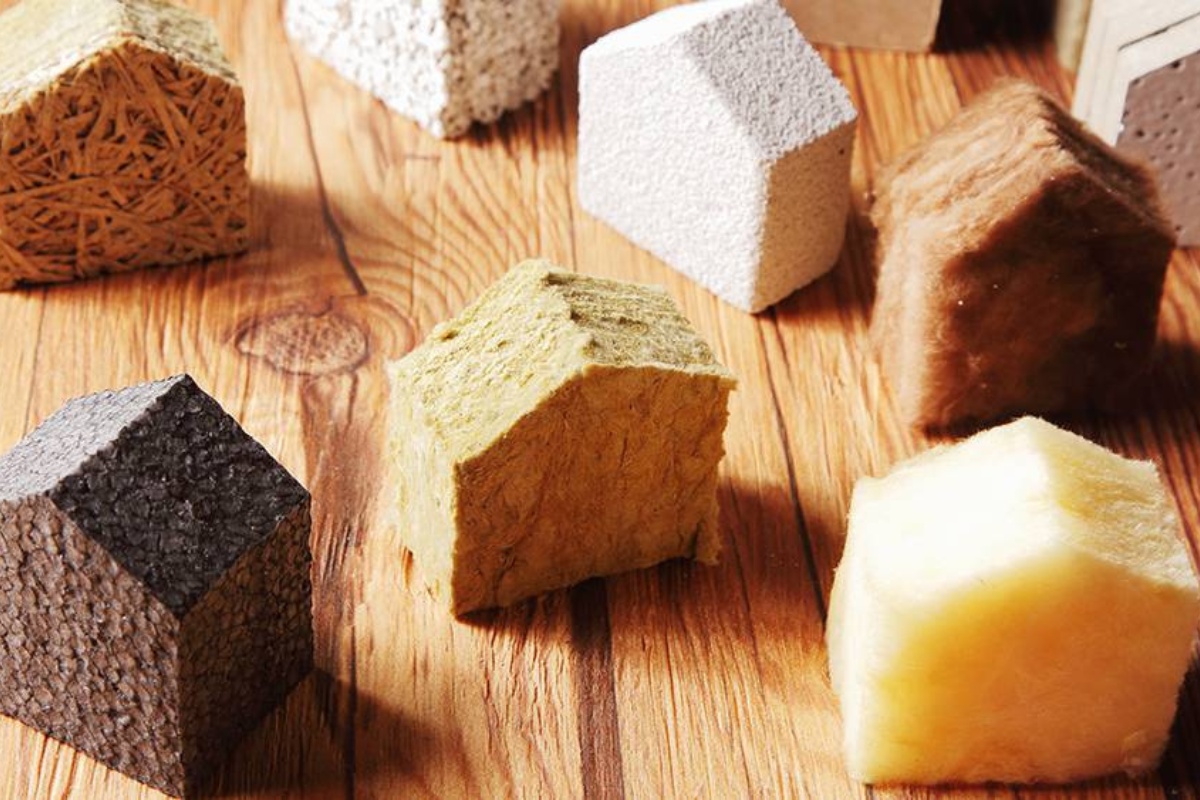
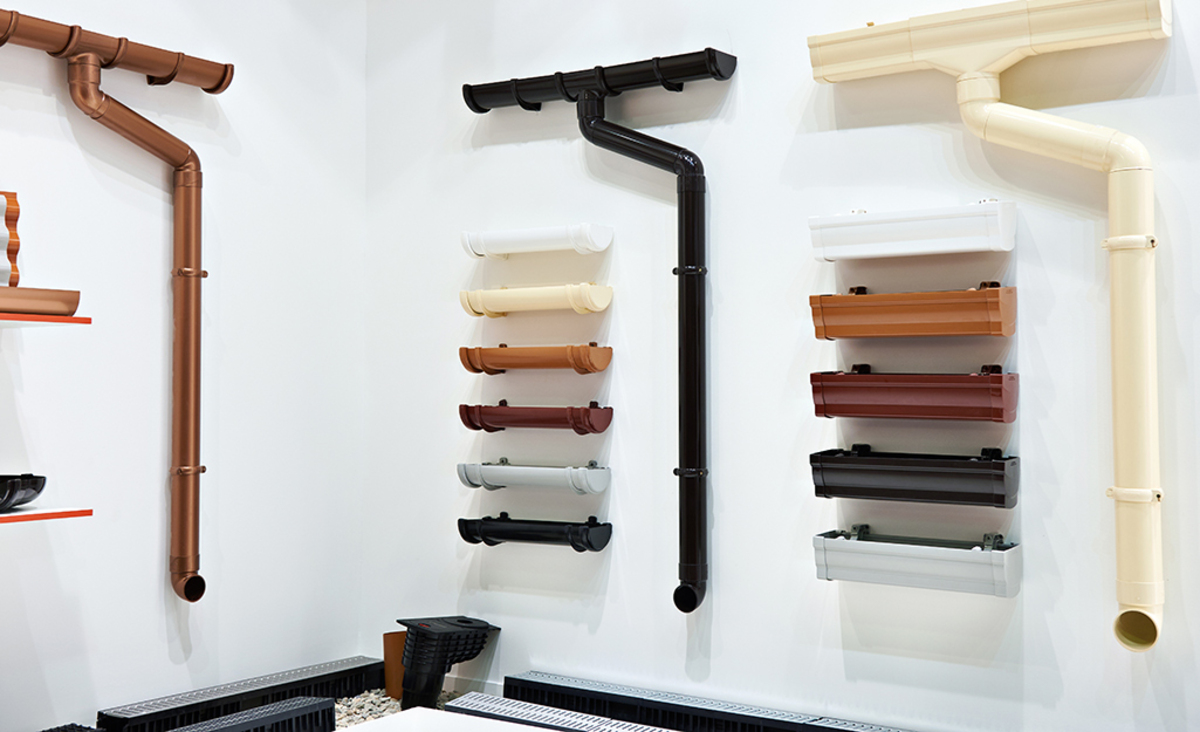
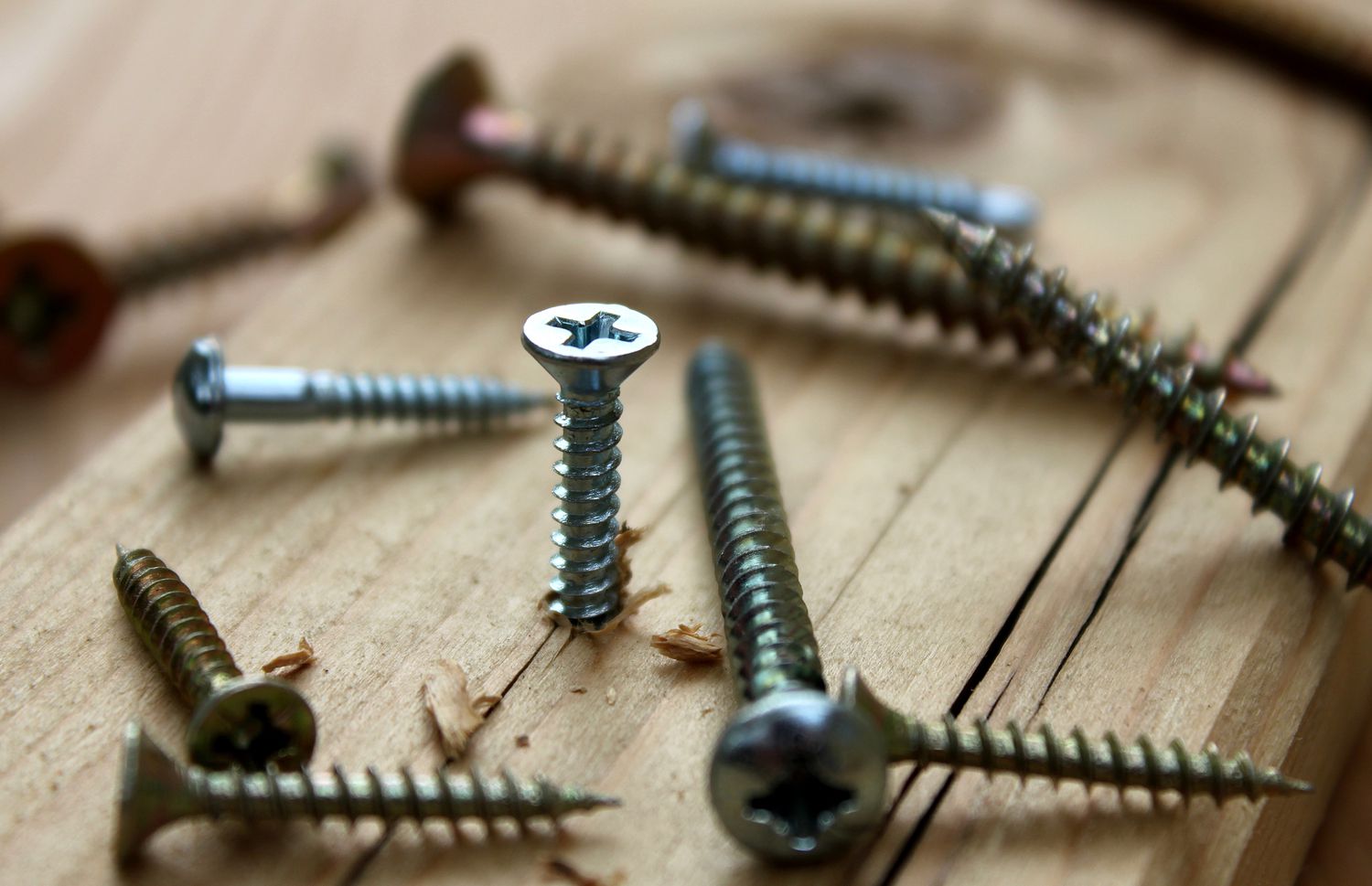
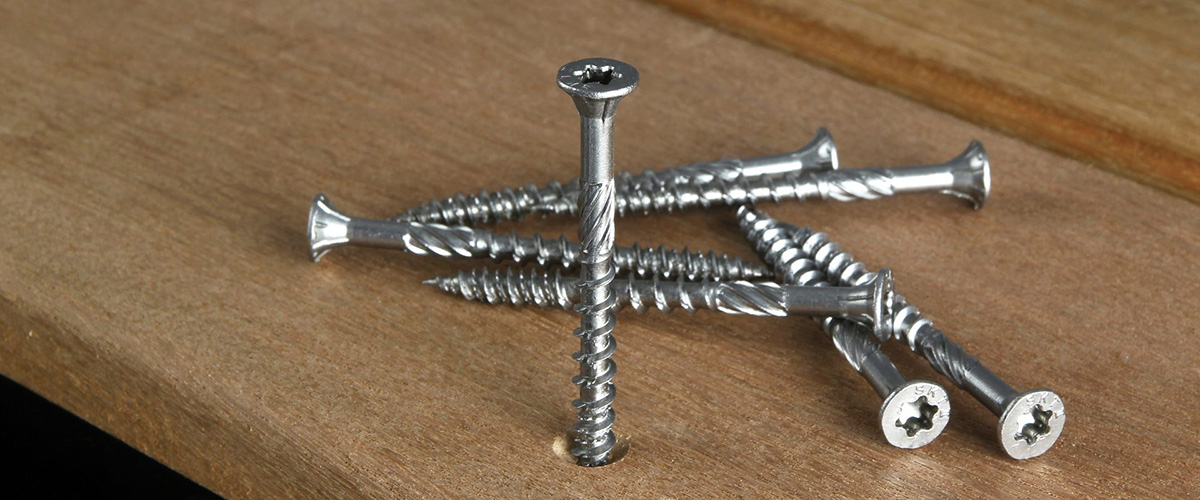
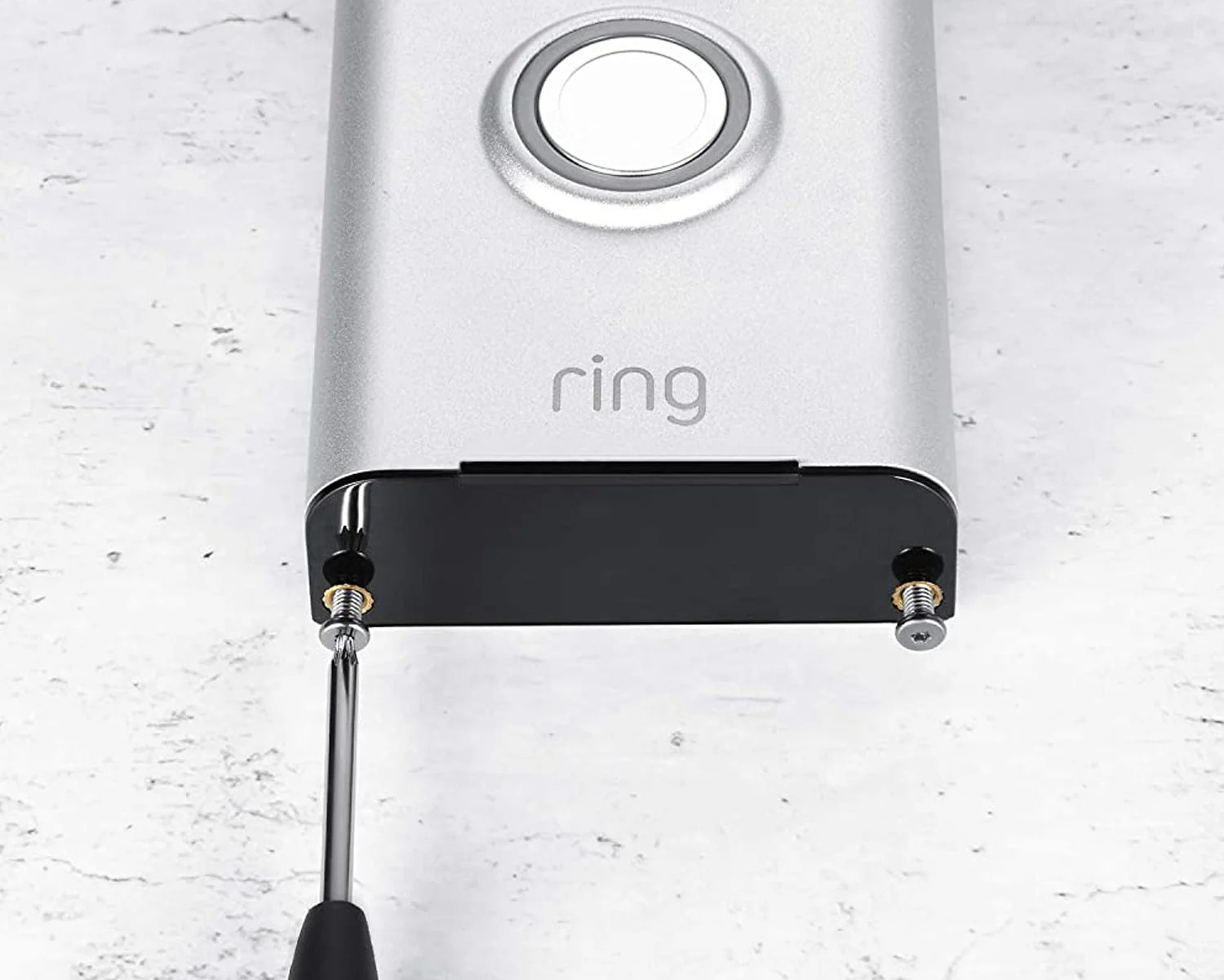
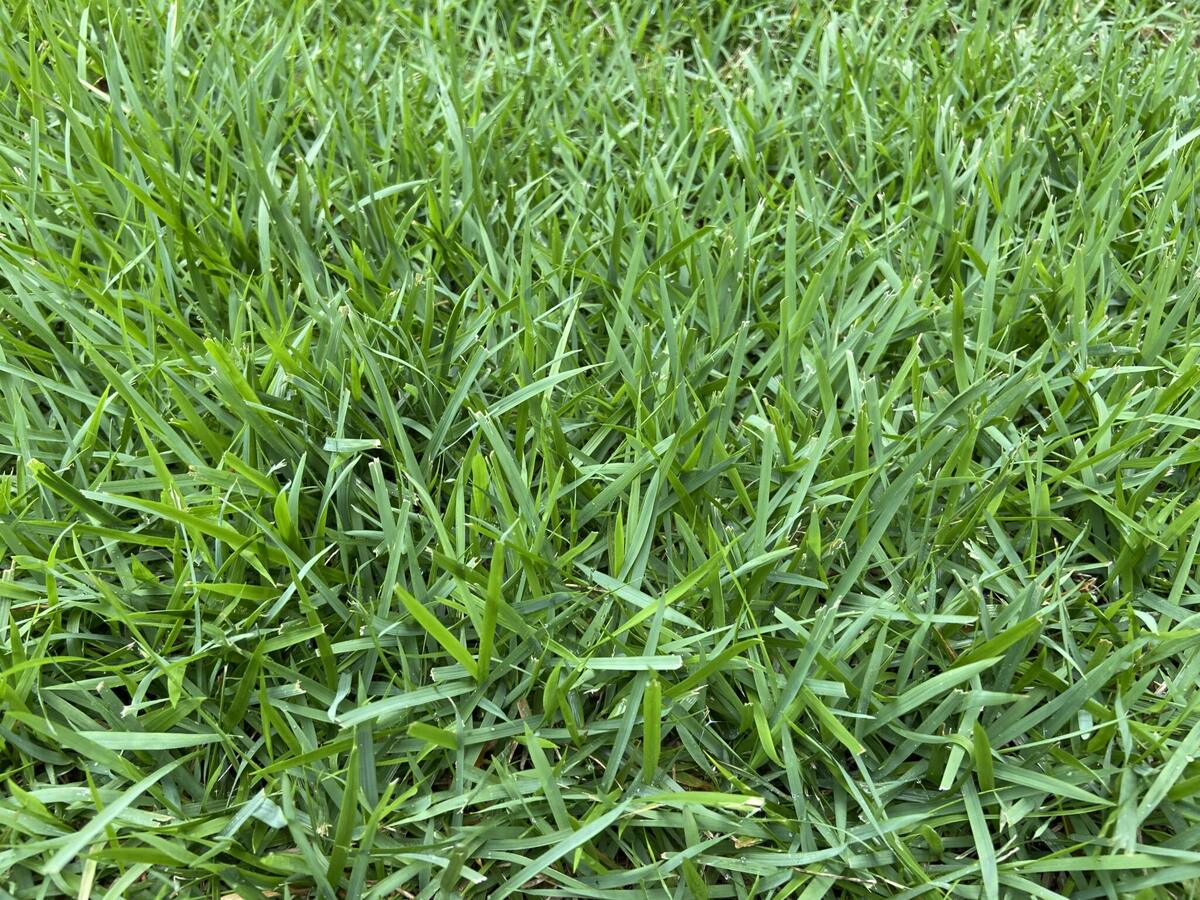
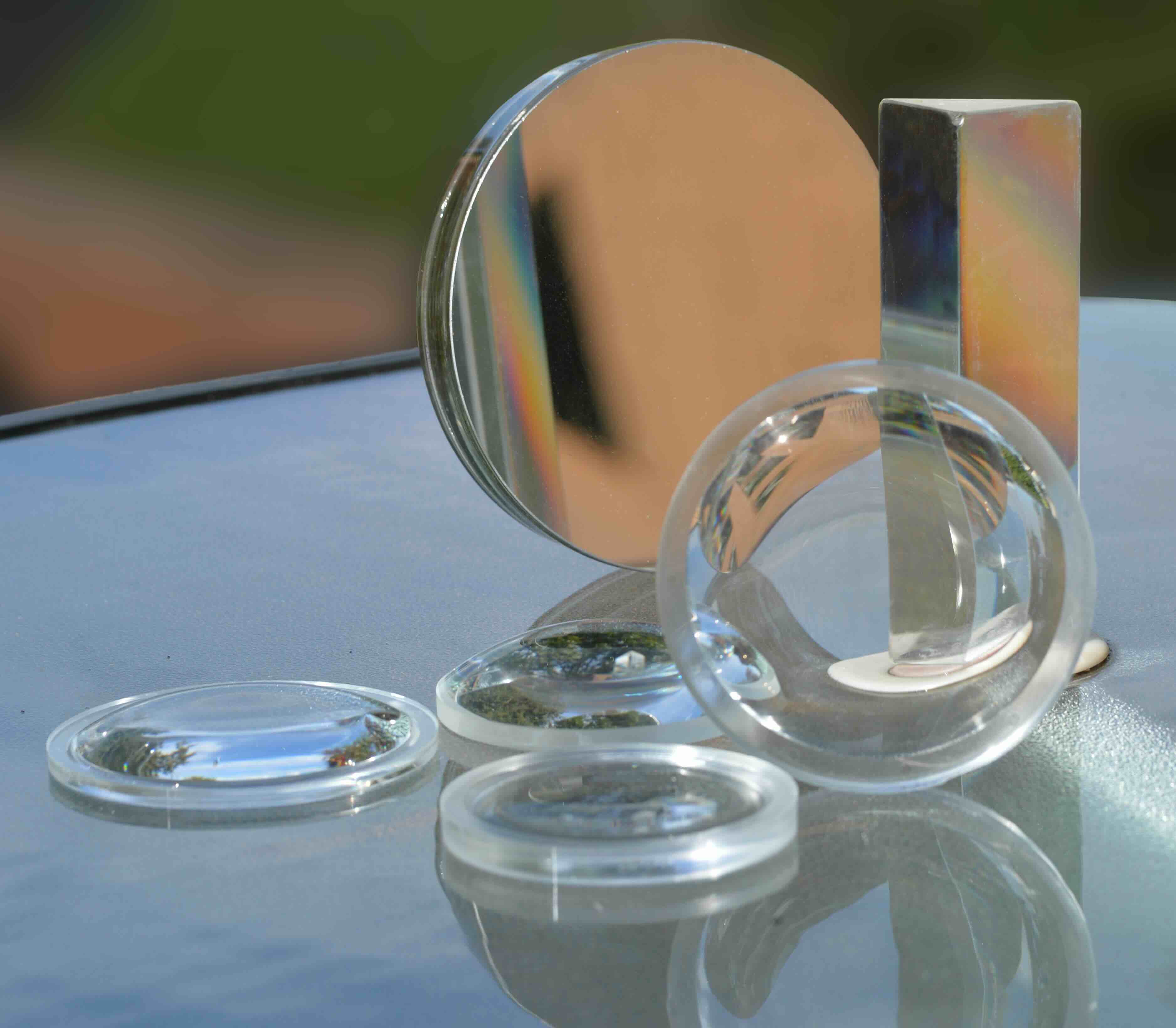
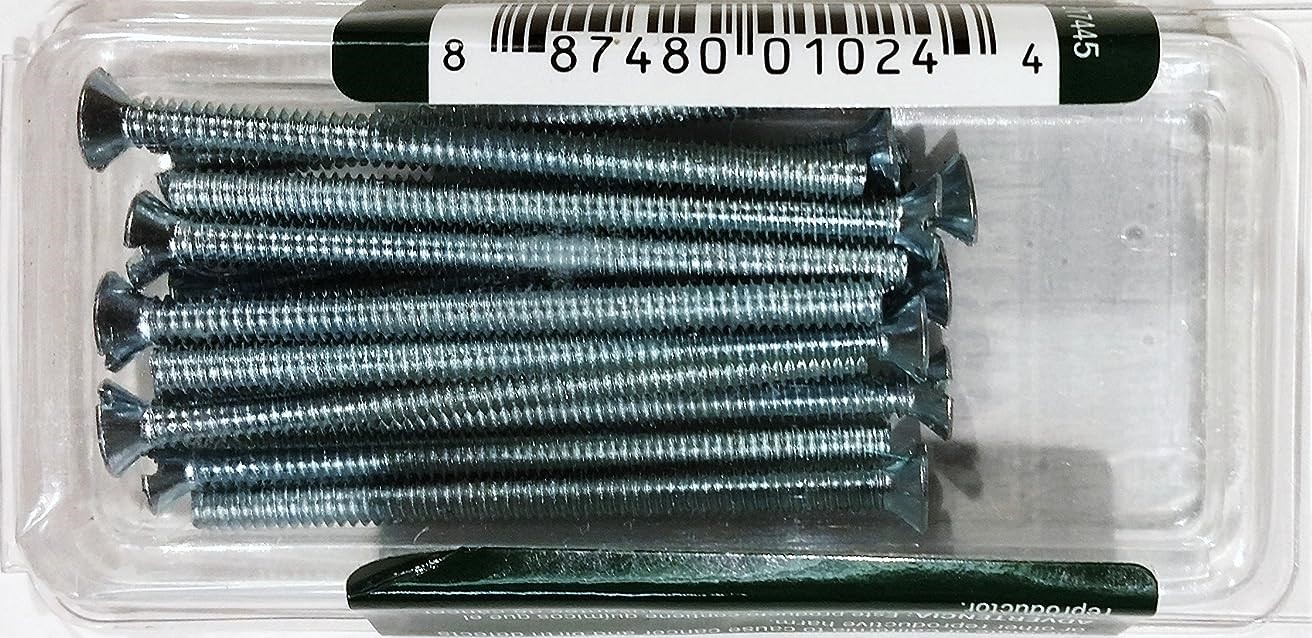
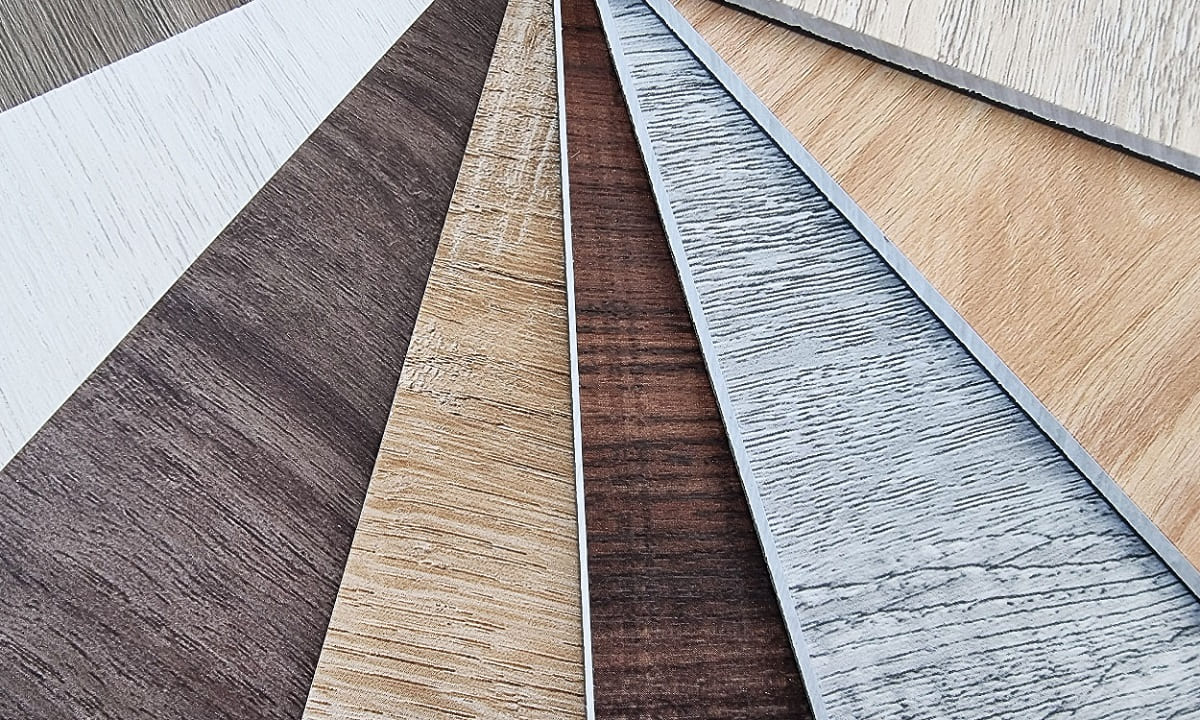
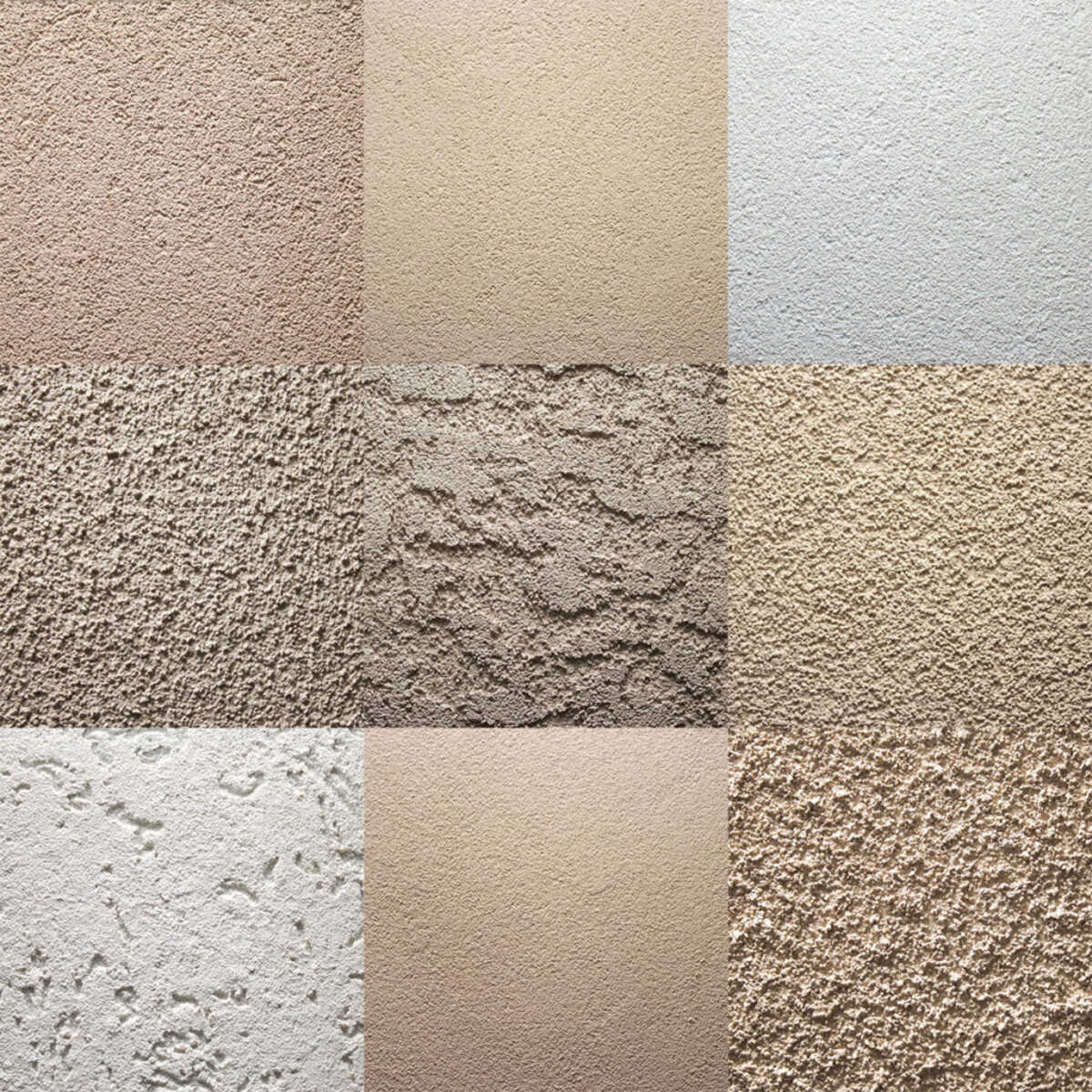
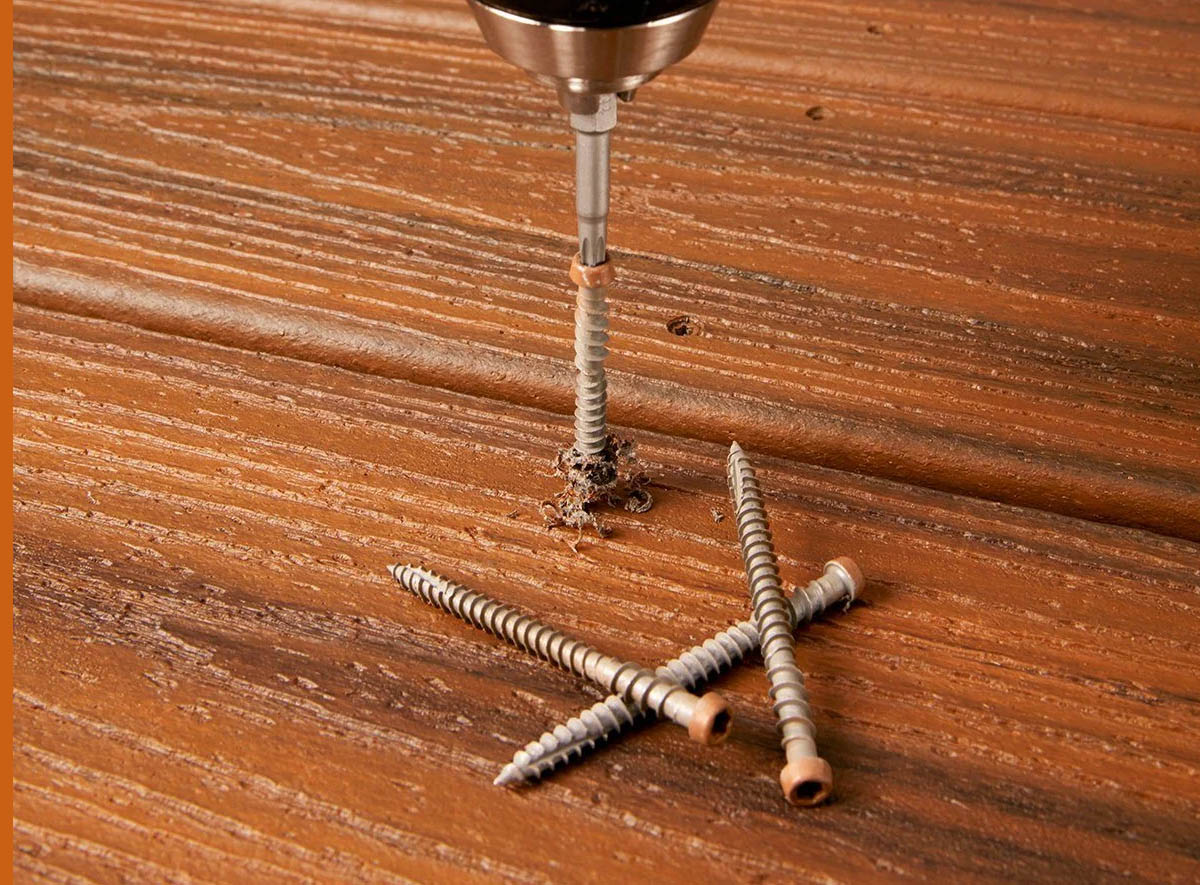
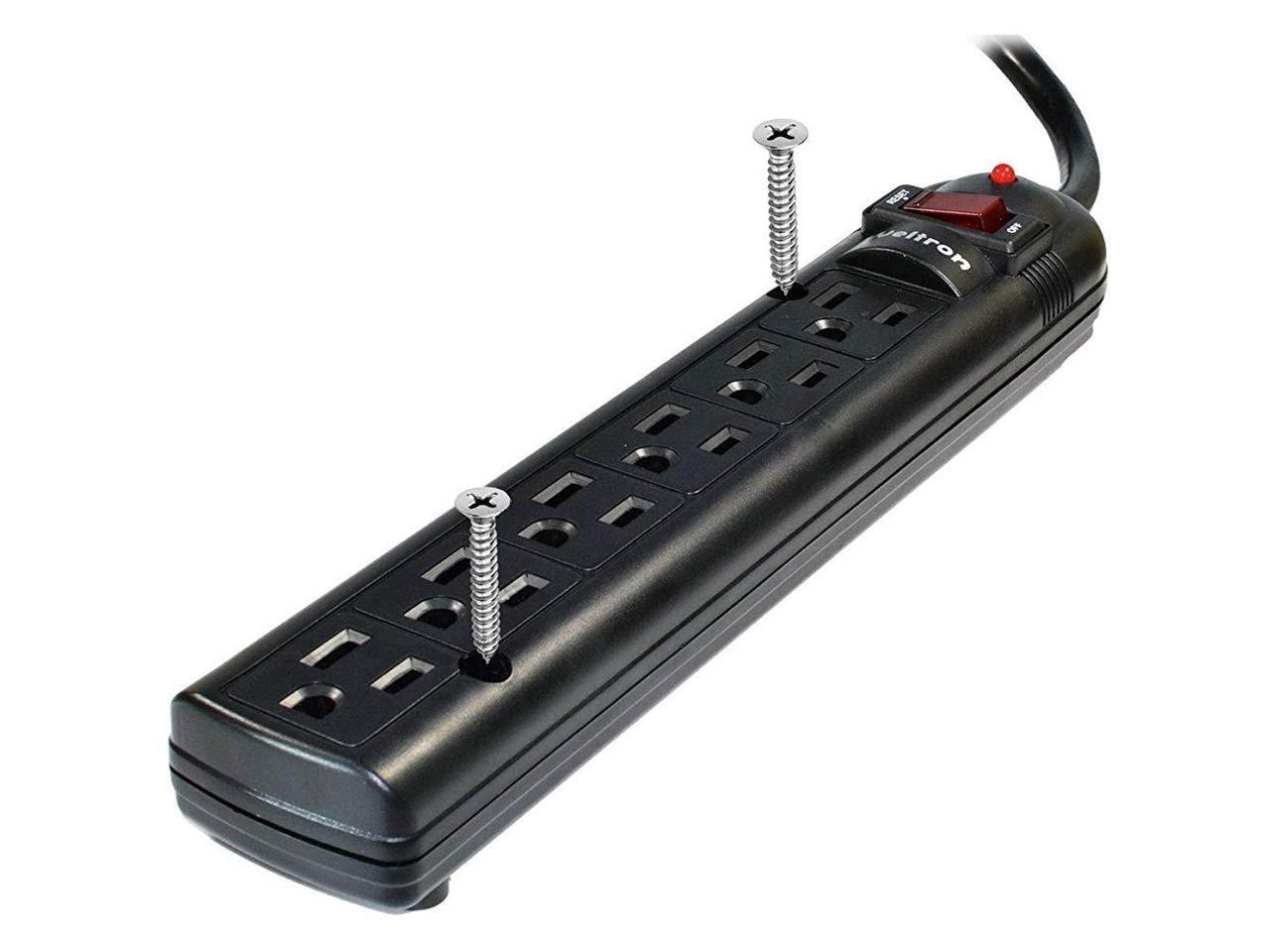

0 thoughts on “What Are The Recommended Screw Sizes For Different Types Of Pickets”